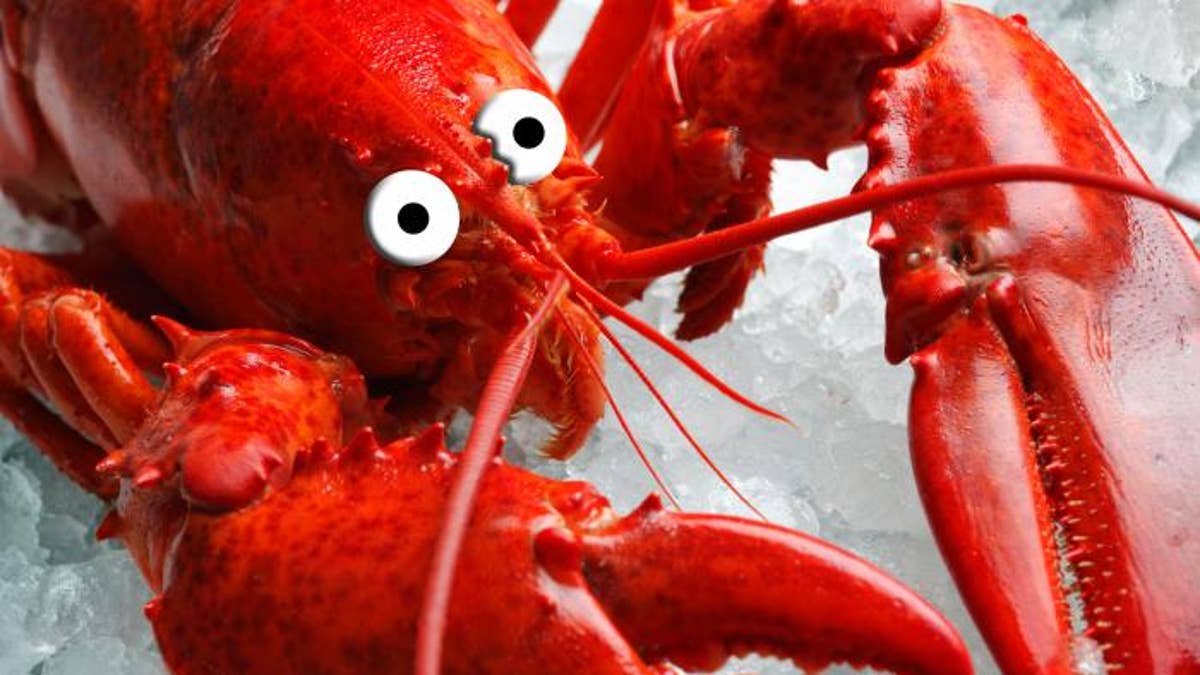
Did you know the average American consumed 16.1 pounds of fish and shellfish last year — compared to 183.6 pounds of meat and poultry? Low in fat, high in protein and rich in omega-3 fatty acids, seafood is a healthy alternative to meat and poultry, and many of us would do well to eat more of it.
Omega-3 fatty acids have been shown to reduce inflammation and triglycerides and blood pressure, all of which are known risk factors in heart disease. Plus, according to the American Journal of Clinical Nutrition, the fatty acids found in fish and shellfish may help promote brain health.
The federal government’s latest dietary guidelines, released in 2011, recommend eating eight ounces of seafood per week. But like most foods, moderation is key; shellfish are surprisingly high in cholesterol, particularly lobster and crab, and some varieties of fish, such as swordfish and tuna, are known to contain mercury.
There are plenty of fish in the sea, as they say, and with a little nutritional background it’s easy to work these foods into a balanced, healthy diet.
Shrimp: Three ounces of shrimp (or about seven medium-sized shrimp) has a mere 84 calories, 1g of fat, and an impressive 18g of lean protein. And talk about versatility: enjoy them chilled (cocktail style), in a stir-fry with your favorite veggies, tossed in a steaming bowl of soup, perched atop a crisp leafy salad, stacked on skewers, and more. Nutritionally, shrimp are a great source of selenium, an antioxidant that fights cancer-causing free radicals in your body. Other nutrients in shrimp include vitamins D and B3, plus the mineral zinc, and iodine, which is important for dieters because deficiencies can promote weight gain or hinder weight loss. If you are watching your cholesterol, it’s best to go easy on shrimp because four large shrimp have 42.5mg of cholesterol.
Salmon: Richer in heart healthy omega-3’s than most other fish varieties, salmon is also substantially lower in saturated fat than beef. Another perk is that a serving of salmon is high in protein and packed with B vitamins (B2, B3, B6 and B12) which boost energy, stoke the metabolism and support a healthy nervous system. Salmon is a great source of phosphorus too, which is important for building and maintaining strong bones. It’s also high in potassium, which helps regulate heartbeat and maintain healthy blood pressure. There’s much debate about the benefits of buying wild or farm-raised salmon. Either type is good, but if you don’t mind paying a bit more, opt for the wild. That’s because a 3-ounce serving of farm-raised salmon actually contains 11g of total fat compared to 5g of total fat in wild salmon.
Lobster: Pricey lobster is ever-popular, enjoyed steamed or grilled in the shell, or cut into succulent chunks for super-delicious soups, salads — even sushi rolls. With only 115 calories, less than 1g of fat and a whopping 24g of protein, a one-pound lobster is sure to fill you up without filling you out. Like shrimp, lobster is high in selenium, important for maintaining a strong immune system. Lobster may be slightly higher in cholesterol than shrimp, but to put this in perspective, according to the National Institutes of Health, a 3.5 ounce serving of lobster has 72mg of cholesterol, which is less than the same serving of chicken, containing 85mg of cholesterol. Resist the temptation to drown your lobster in butter; a 2-ounce side serving of melted butter has 400 calories and 25g of saturated fat. Go instead with a spritz of lemon and add flavor with zero calories or fat.
Crab: Fans love crab for its sweet, succulent meat, but there’s plenty nutrition-wise to get excited about, too. A 3-ounce portion of crab contains only 98 calories, 1g of fat and a hefty 20g of lean protein. Steamed, baked or boiled, crab is an excellent source of A, C and B vitamins, as well as minerals like copper and zinc. Unlike other seafood, crab contains the mineral chromium that enhances the action of insulin, a hormone that helps move energy from food out of the bloodstream and into our cells. This is great news for type 2 diabetics, because chromium may help with tighter glucose control. But if you are on a sodium restricted diet or struggle with high blood pressure, keep in mind that crab is one of the few foods that is naturally high in sodium. Many varieties of crab range from 200 to 300mg of sodium in a 3-ounce serving, all the way up to 900mg of sodium or more in a serving of Alaskan king crab.
Oysters, Mussels and Clams … Oh My! These raw bar mainstays are plenty tasty, low in calories and fat, and each has its own nutritional merits. An order of six medium oysters contains only 57 calories, yet it’s loaded with iron, B12, phosphorus and zinc, not to mention its legendary aphrodisiac effects. Clams are high in selenium and niacin, a B vitamin that has the potential to not only boost your HDL (healthy cholesterol), but lower your LDL (bad cholesterol), and mussels (which are a type of clam) are especially high in protein, low in fat, and a great source of omega-3 fatty acids. In fact, a 3-ounce serving of cooked mussels provides over 700mg of cardio-protective omega-3 fatty acids, which is more than twice the amount found in the same 3-ounce serving of shrimp.




















